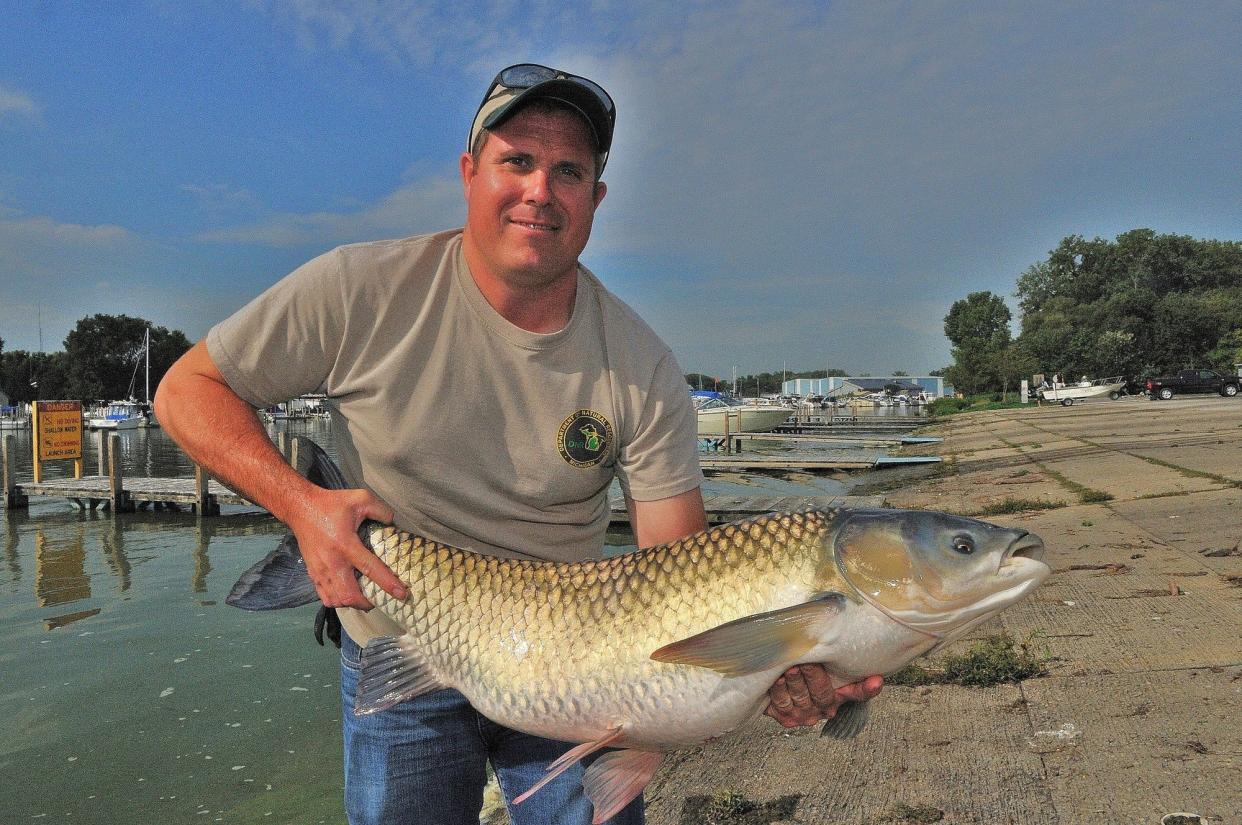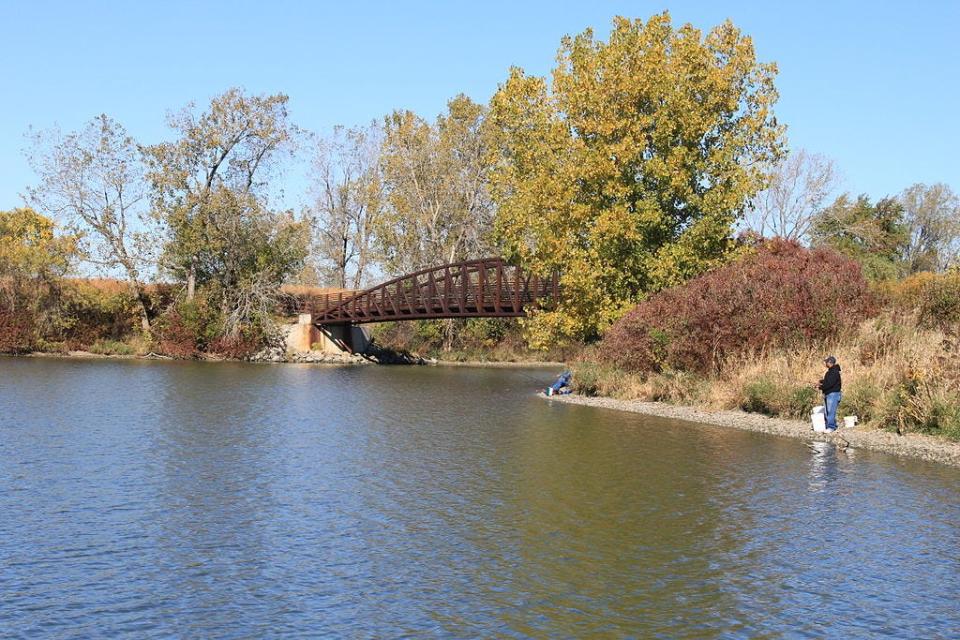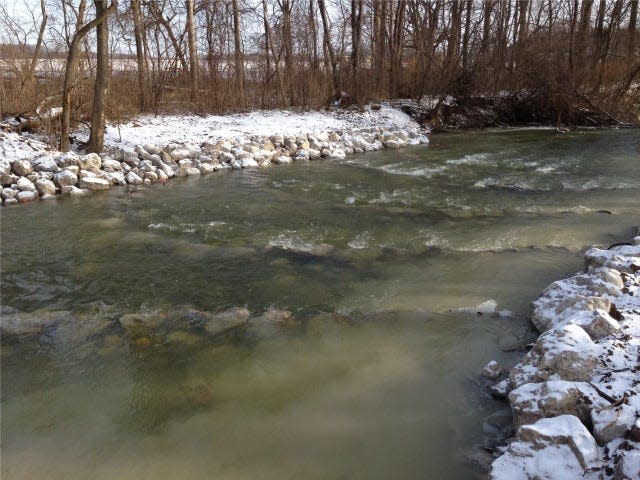Monroe County history: Carp ponds once produced fish for the East




According to "The Pageant of Historic Monroe", there was a sizable carp farm operation in Monroe that provided fish for sale in eastern markets like New York and international trade to the Far East.
As was written in 1926 when the book was published, “The Carp has been found in our streams for years but were not considered a fish for market until a demand for them, by some means, was created on the Eastern markets. It was at this time, that several carp ponds were built.”
"The Pageant of Historic Monroe" text continues, “The largest pond was dredged on the north side of the river [the River Raisin] below Johnson Island. The carp were caught in nets and transferred to this pond which was supplied with fresh water from the river by means of endless bucket conveyors, which hydrated the area. At the seasonal time of the year, they were removed from this pond and placed in tank cars filled with water and thus shipped alive to the Eastern markets. The pond was abandoned and a few years later, another pond was dredged on the south side of the river at the entrance to the “old river bed”; a few years ago, this pond was abandoned. The carp, while confined in these ponds, were fed corn and other grains.”
Further investigation into who owned Monroe’s carp pond and issues that led to its demise lead to the identification of the owner as William Clark Sterling (1849-1924) who has become well known to many as a successful Monroe businessman, outdoorsman and early environmentalist whose activities and advocacy led to the formation of the Michigan state park that bears his name in Monroe.
The case “Monroe Carp Pond Co. vs. River Raisin Paper Co. – 215 N.W. 325 (Mich. 1927)" – mentions this fact. The results of the case could be viewed as the start of the environmental movement to address the water pollution that existed in the River Raisin, other nearby tributaries, and Lake Erie that led to nearly a century of water cleanup and restoration efforts.
At issue was the reduced oxygen levels of the water near the Monroe Carp Pond – which was also the home of the River Raisin Paper Company – one of eight industries that operated along the water in the area. The rationale of the ruling was a follows: Monroe is a city of about 13,000 population. Its principal industries are the mills of the defendants. There are eight of these, in which about 3,000 persons are employed. Defendants' investment in these plants is about $15 million. The proof satisfies us that there is no way in which their waste can be treated and purified on their own premises so as to permit the plants to be operated with reasonable profit. Seven of defendants' mills were erected before plaintiff established its carp pond in 1916. The eighth was built in 1918.
The ruling continues: The plaintiff company has a capital stock of $10,000. It employs from one to five men. While the record does not contain a list of its stockholders, it appears that Mr. Sterling has had control of it. He had long been a resident of Monroe, and had full knowledge of defendants' industries and the extent to which the city was dependent upon them for its prosperity.
The ruling also recognized that water pollution existed; thus beginning Michigan’s acquisition of the park's first 134 acres—a narrow strip lying between Lake Erie and a lagoon—in 1935. A portion of the land had been donated by the city of Monroe and the Monroe Piers Land Company, which had once been owned by Sterling.
Tom Adamich is President – Visiting Librarian Service, a firm he has operated since 1993. He also is Project Archivist for the Greening Nursery Company and Family Archives.
This article originally appeared on The Monroe News: Monroe County history: Carp ponds once produced fish for the East

